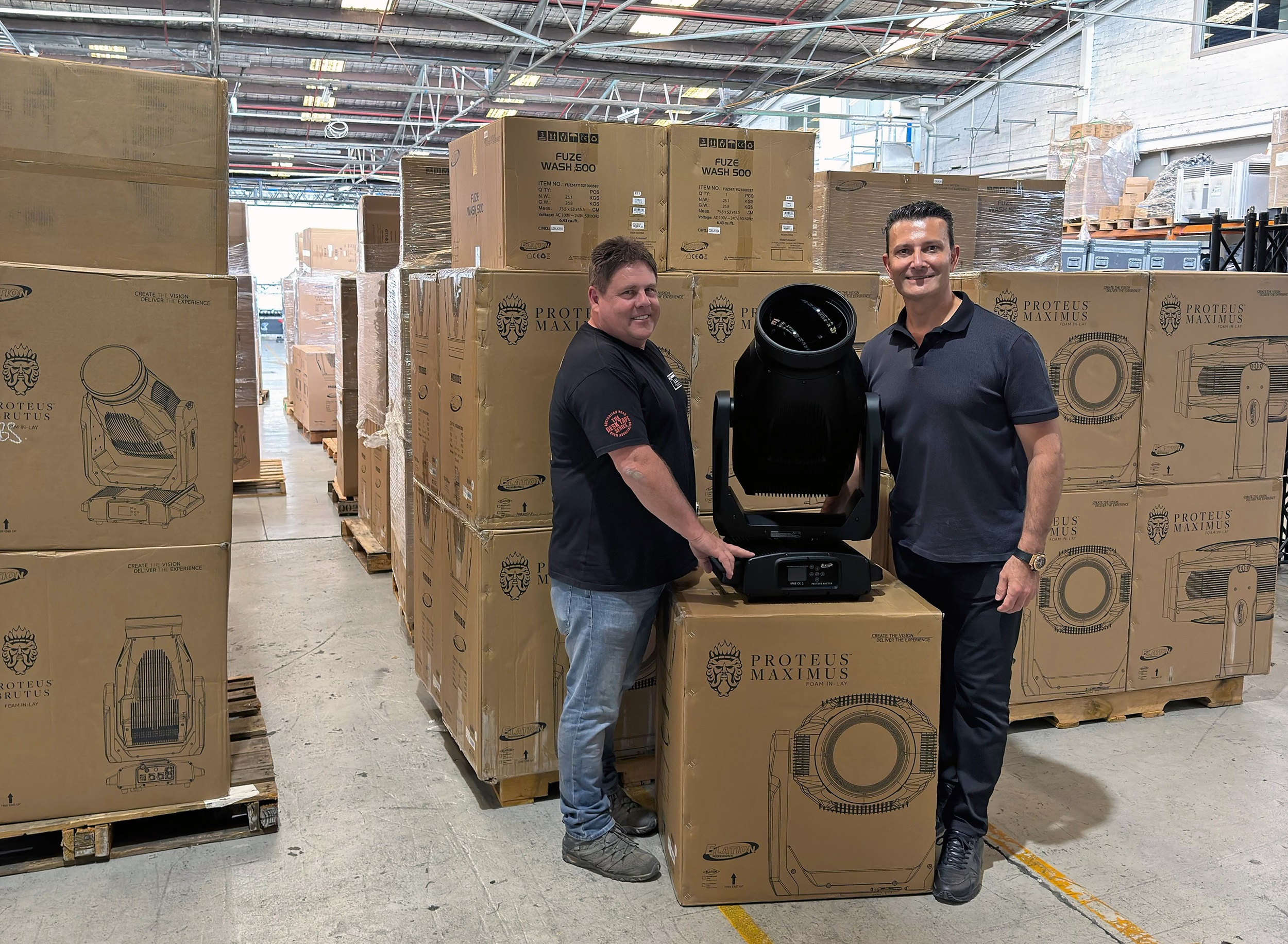LONDON — With its convex video screen serving as the main projection backdrop, the set for Alicia Keys’ As I Am tour has a dramatic look. But Brilliant Stages engineered it to minimize the drama facing those who would need to set it up and tear it down after each stop. “We designed the set for maximum effect with the minimum of effort for the construction and transport crews involved,” said Brilliant Stages general manager, Tony Bowern. The tour, which returned to Europe after its summer run in the U.S., wraps up in Australia later this year.
Steve Dixon of Music Tour Management Inc. called for a non-traditional use of video, using it for colors and textures for the set, which evolved over the course of several weeks before the concept was finalized.
Brilliant Stages said it received the final green light for construction with only about three weeks before the tour rehearsals began in early February.
Using the convex video screen as the visual centerpiece of the set’s design, Brilliant Stages wrapped it with a four-foot-wide walkway curving around the screen at a height of 10 feet above the main stage.
Suspended directly underneath the walkway are 12 sloping panels of Philips I-Tiles, each measuring 12 feet by four feet, and each made from 12 individual two-feet-by-two-feet I-Tile panels. These panels are hooked onto a track running around the front of the walkway to facilitate rapid assembly and are locked together in two sets, six on each side, so they can slide off stage to create an entrance for the piano riser directly under the walkway and video screen.
“The curved projection screen enhances the effect of a big set but it is actually very simple,” Bowern said. “The bi-parting screens, for example, are very effective but, along with the rest of the set, are efficiently designed for rapid set up and break down over the long tour.”
The creative team responsible for the original design concept consisted of Dixon, LD Bryan Leitch of Siyan Ltd., co-lighting director Nick Whitehouse of Visual Light Ltd., video designer Emric Epstein from VYV Corp. and Martin Granger-Piché, also from VYV Corp. The original concepts from Dixon, Epstein and Granger-Piché were drawn up by Seth Jackman and subsequently handed over to Whitehouse and Leitch for further adaptation.
David Mendoza designed a magic reveal sequence featuring Color Kinetics iColor Accent Powercore fixtures and a piano riser for Keys’ initial entrance. Brilliant Stages created the piano riser as a circular truck, 10 feet in diameter, the top half of which revolves with the piano on top, while the bottom half acts as a steerable truck. Both truck and revolve were controlled by a Kinesys system to Brilliant Stages’ instructions.
Following the curve of the video screen at the lower level are band risers situated either side of central entrance. These are constructed out of Brilliant Stages’ low, carpeted Dekex lightweight staging system and backed with the Phillips I-Tile panels as surrounding fascia.
One of the major design challenges was fulfilling Dixon’s vision of having Alicia Keys revealed in front of the projection screen on the center of the upper walkway. Brilliant Stages devised and constructed an electric “Star Trap” which would emerge from the piano revolve and be located in the center of the walkway.
Working on that project with sister company Tomcat UK, Brilliant Stages used Tomcat medium duty box trussing to support the video screen and the curved outrunning trusses for the drapes on either side.
The main lighting rig for the set was composed of 30 sections of Tomcat Swing Wing in a combination of 8-foot and 10-foot lengths, along with five rotating followspot chairs. “As usual, the turnaround from Tomcat was painless and rapid,” Bowern said.
For the U.S. leg of the tour, a thrust stage was added. This catwalk was mounted on rollers and designed to interface with any height of stage during the three-month tour. The catwalk took Keys through the audience to a circular B stage, also designed by Brilliant Stages, which was originally intended to be five feet in height to conceal the piano beneath it.
At the last minute, however, Brilliant Stages needed to reduce this height to four feet. Face with too little room to store the piano, Brilliant Stages came up with a solution: replacing the legs of the piano with electric linear actuators (and the pedals with MIDI foot controls) which could alter the height of the piano as required.
This redesigned B stage and walkway were added to the touring combination only two weeks before rehearsals in another example of how Brilliant Stages is quick to respond, adapt and change according to the customers’ needs.
“Brilliant Stages delivered in a crunch, on time and on budget,” said Dixon. “When you are working to a tight deadline, it is very important that people can do what they say they can. Equally important is to say when something is not possible. Brilliant Stages’ communication was very clear at all times, presenting us with a series of viable alternatives at any point when what we asked for was not practical.”
For more information, please visit www.brilliantstages.com.


